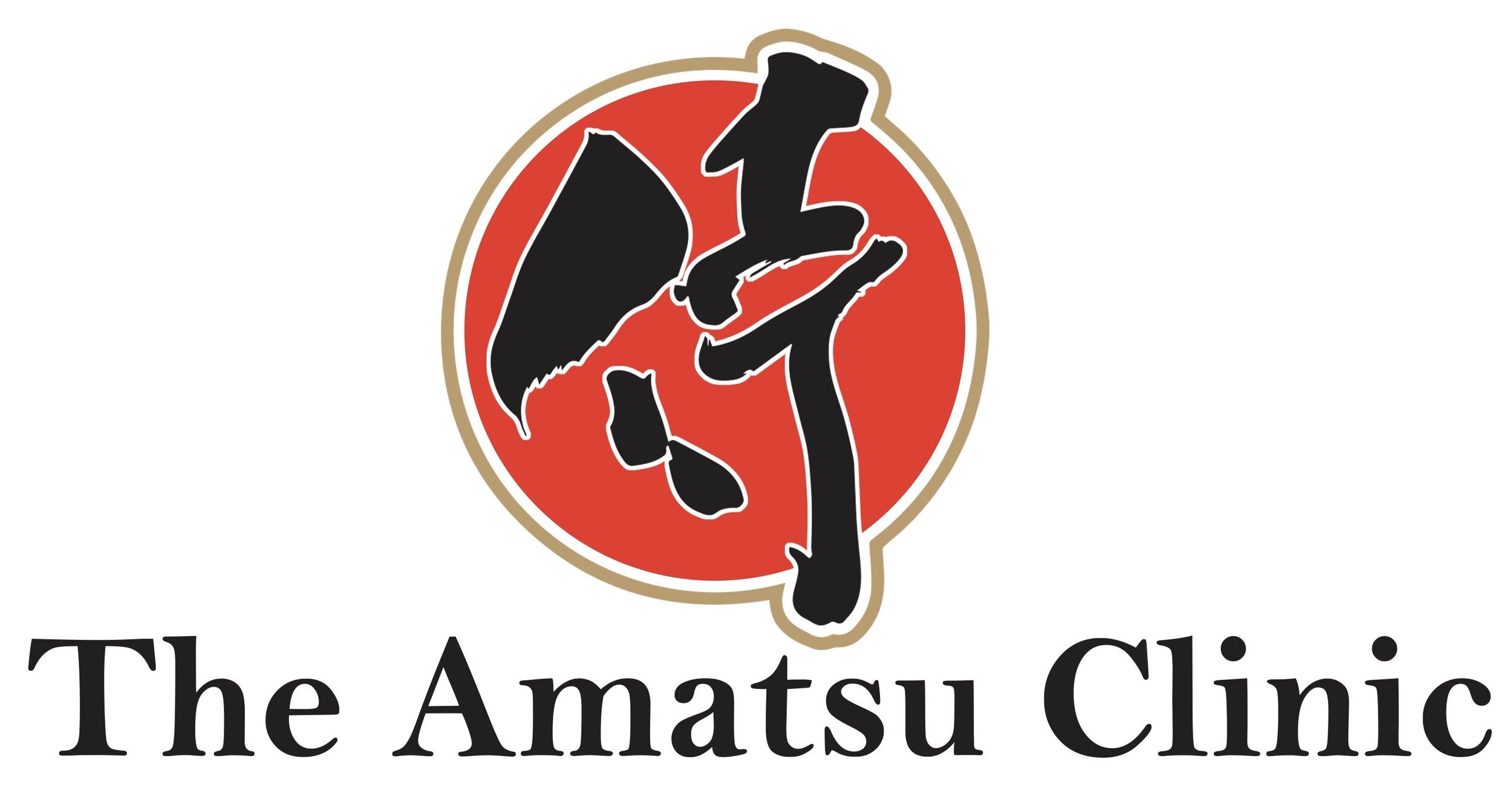ORIGINS OF BIOTENSEGRITY
Dr. Stephen Levin an Orthopaedic Surgeon coined the term Biotensegrity in the mid 1970’s. He had been taught during his orthopaedic training by some of the top biomechanics people at the time, that the human frame behaved much like an architectural column or skyscraper based on principles of Newtonian mechanics.
According to these mechanics the integrity of these structures lies with the continuity of compression from the highest block to the lowest block of granite – the compression runs in an unbroken line from element to element. The integrity of the human skeleton was likened to a continuous compression structure – a stack of bones one on top of the other – with individual muscles hanging from each bone to move it.
He visited the Smithsonian’s Natural History Museum and studied the Dinosaurs. He had the thought that ‘humans and all biologic structures are mobile (not static like skyscrapers), omnidirectional, gravity independent structures built of soft materials’.
These laws couldn’t explain a dinosaurs neck or how a flamingos leg, a long, thin strut, with a near frictionless hinge in the middle, hold up a flamingo or how the bones in our foot don’t get crushed with every step that we take! The body is not built on Newtonian laws but a different set of mechanics and so he coined the scientific terminology of biotensegrity.
• Bio means body and Tensegrity simply means that a structure can maintain integrity across tension applied to it.
• Our bodies and all biological structures are actually tension dependant structures!
• The body’s integrity is based on the balance of soft tissue tension (fascia) which holds the skeleton up and not the other way around.
• The skeleton is not just a skeleton – it is a series of bones, that are actually floating in a net of soft tissue tension.
The idea of biotensegrity, as stated above, is based on the tensegrity structure. Tension and compression help form this structure. The structure reflects that of the human body: a collection of rigid bones floating in a network of soft muscular tissue.
It’s this view of the human body that’s changing the way we view the body. Amatsu therapy cross’s the interface of the body to effect the biotensegrity of the body. By applying a load in a specific area to make the greatest change so it can have an effect on somewhere else and globally using the principles of biotensegrity.

